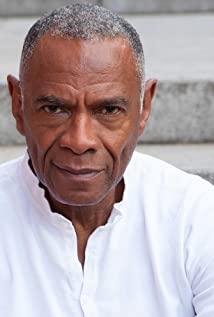It is mainly to criticize and explain reality, because many people's understanding is wrong, this film is far from reality!
This film undoubtedly wants to express the solidification of social class, the contradiction between the rich and the poor, etc., but the effect is not satisfactory.
Let’s talk about a bug first, why is no one sitting on the platform ? Although I feel that there should be measures to not allow this, it seems that there is no explanation. If there are measures, how did the little girl get up?
Book back to text.
First of all, even under the framework of the film, the disunity between people is not a problem between the upper and the lower class. This is because there is no effective punishment mechanism to force everyone to abide by the promise of only taking a certain amount.
In the real world, we have police, laws, morals, pressure from people around us, etc., so that the vast majority of people obey the rules and cannot kill people.
In the film, Imoguri's painstaking persuasion obviously had no effect. Only later the male protagonist and the black roommate used iron rods as weapons to maintain their goal of equal distribution.
This is the game dilemma of what Hobbes calls "the war of all against all" .
The film's deeper problem is that the simulation of the real world is too simplistic .
The setting of the film is very similar to the veil of ignorance mentioned by Rawls in "The Theory of Justice", assuming that the experimental subjects in the film are sitting together and discussing countermeasures before entering the vertical building, because they do not know that they will be killed in the future. Which floor is assigned, so in the end they will unanimously agree that the food is distributed equally , so that at least every round can survive no matter which floor you are on. (Ignore the problem that cannot be executed here)
That is to say, if you discuss the distribution rules of the outside world with others before you are born, everyone will definitely discuss the method of equal distribution, so that although you cannot become a millionaire after birth, you will not become a homeless and starve to death. .
This theory of equal distribution has a major flaw, that is , wealth in reality is owned by an owner, and there is no real entity called a social organization that can distribute wealth at will.
The food that appears out of thin air in the film, as a representative of wealth, is too superficial.
The random movement of floors every month is a proof of the screenwriter's cleverness. In reality, it is obvious that the jump in class is not random, but is determined by innate conditions, effort, luck, etc.
The settings in the film will inevitably lead to high-level waste, because people can only maximize the current income, that is, eat as much as they can, without knowing the situation in the next month.
It can be seen that the distribution cannot be evenly distributed, because the floor setting makes it impossible for everyone to establish a feasible supervision mechanism, and the killing of each other at the bottom and the waste of the upper floors are caused by the randomness of the floor allocation every month.
If this human tragedy is a microcosm of the real society, it is far from saying that he was a deliberate arrangement by the director, and it was accurate.
As a sci-fi utopian fable-type film, this film has completed the expression of many fable-type stories in a small space, and the multiple reversals are very entertaining. Although the performance of reality is just a cutscene, it is still a good film. commercial film.
View more about The Platform reviews









